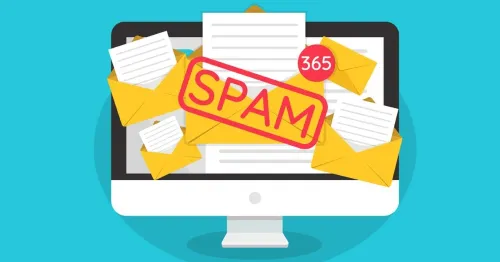Every email marketer's nightmare is having their meticulously crafted emails relegated to the spam folder, an abyss where messages are seldom seen or heard from again. Understanding why emails end up in spam and how to rectify these issues is crucial for effective communication with your audience. This article dives into common email deliverability issues and provides actionable solutions to overcome them.
1. Deciphering the Role of Spam Filters
Spam filters are the sentinels of the email world, guarding inboxes against unwanted messages. These filters assess various elements of emails, such as the sender's reputation, content, and recipient's interaction with previous emails. Grasping how these filters function is key to improving your email deliverability.
2. Sender Reputation: Your Email's Credibility Score
Your sender reputation is a critical factor influencing email deliverability. This reputation is shaped by how recipients interact with your emails, the frequency of your email campaigns, and the quality of your mailing list. A tarnished reputation can lead your emails straight to spam. Regular monitoring and maintenance of your sender reputation are imperative for successful email delivery.
3. Content Quality: Beyond Just Words
The content of your email is scrutinized for signs of spam. Overuse of sales language, misleading subject lines, and an excessive number of links can trigger spam filters. Focus on creating relevant, engaging, and valuable content for your audience. Personalization can further enhance the appeal and effectiveness of your emails.
4. List Hygiene: The Backbone of Email Marketing
A well-maintained email list is essential for avoiding spam traps. Regularly cleanse your list of inactive subscribers and invalid email addresses. Ensure that your list consists of individuals who have actively opted in to receive your emails. A clean, engaged list improves deliverability and maintains a healthy sender reputation.
5. Embracing Email Authentication Protocols
Email authentication protocols like SPF, DKIM, and DMARC are crucial for verifying the legitimacy of your emails. They help email providers recognize your emails as authentic and reduce the likelihood of them being marked as spam. Proper setup and implementation of these protocols are vital for improving deliverability.
6. Engagement Tracking and Optimization
Monitoring how your audience interacts with your emails provides valuable insights into their preferences and behaviors. Low engagement rates can signal to email providers that your content isn't resonating with your audience, leading to deliverability issues. Tailor your content based on engagement data to enhance its relevance and effectiveness.
7. Testing and Continuous Improvement
The world of email marketing is dynamic, and so are the algorithms of spam filters. Regular testing and adapting of your email strategy are essential. Experiment with different subject lines, content formats, and sending times. Utilize A/B testing to refine your approach based on what resonates best with your audience.
Conclusion
Navigating the challenges of email deliverability requires a comprehensive approach. By understanding spam filters, maintaining a strong sender reputation, crafting quality content, keeping a clean email list, adhering to email authentication protocols, monitoring engagement, and continuously testing and adapting your strategy, you can steer clear of the spam folder.
In email marketing, the journey to the inbox is as important as the message itself. By addressing these common deliverability issues, you can ensure your emails not only reach your audience but also engage and convert them.



